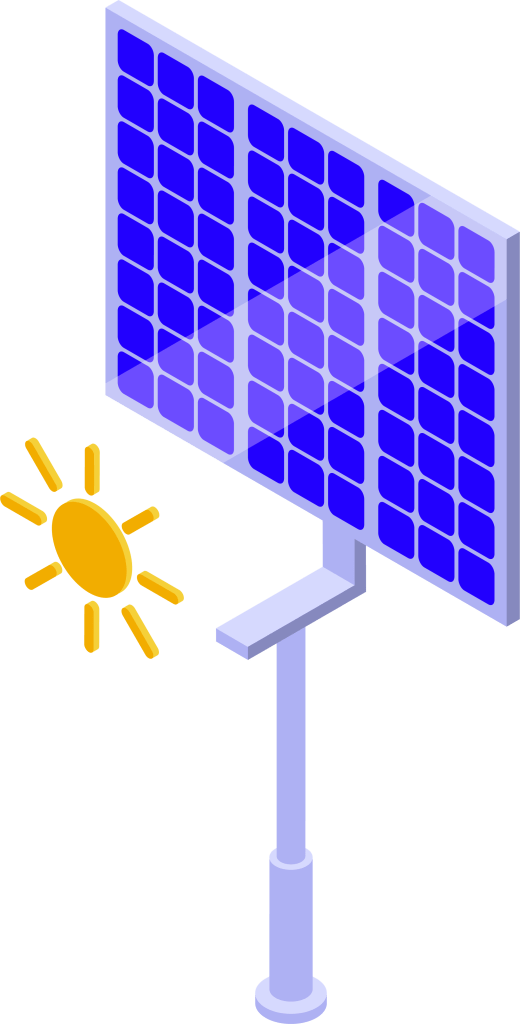Just imagine this work setting - as you work, natural light will reach you where you sit, controlled and adjusted by a solar tracking system. In the morning when the sun comes up, the curtains in the overexposured areas around you will be almost closed.
At the start of your morning shift, the curtains on the sunny and east-facing sides of your building will automatically open. When you return from lunch, the positioning of these curtains will be adjusted according to the sun's movement.
You are not in a dream;
This is QNB Finansbank Crystal Tower!
Have a pleasant shift...
Crystal Tower: An overview
QNB Finansbank Crystal Tower was created by the renowned architects Henry N. Cobb and Jose Bruguera from Pei Cobb Freed & Partners, a firm with a strong track record in designing headquarters for major organizations and receiving global architectural accolades. The distinctive aspects of the building encompass incorporating the diamond shape, reminiscent of a traditional Turkish motif, throughout various spaces, prioritizing sustainable energy practices, and offering an intriguing perspective from every angle at which it is viewed.
The Crystal Tower serves as a highly motivating environment for employees, providing numerous social amenities including two cafeterias accommodating up to 750 people, a conference hall, and a fitness center. This exceptional workspace offers exclusive benefits that enhance the overall work experience.

The first building in Turkey to have a solar tracking system that integrates internal monitoring, lighting, automation, mechanical automation and low current systems.
QNB Finansbank Crystal Tower is a very difficult building in terms of architecture. In a square building, you can study one floor and then replicate ten floors. However, you do not have such an opportunity in the tower. We did trigonometry on each floor one by one, as if we were doing a math test. We conducted various tests to find out from what angle the sun comes and from what angle it enters the building. We added the DALI system to some general areas in the existing KNX system. The Helvar 312 light sensor we use can be adjusted according to the luminaires, increasing/decreasing the value of daylight according to the perceived level, that is, the desired light level. In open offices, the lights flash 5 minutes before the end of business hours. This warning reminds staff that working hours are about to end. Luminaires are turned off 15 minutes after this notification for night mode. If employees want to continue working in their own areas after work, they can use the lighting by pressing the relevant button. Undoubtedly, the most important feature of this project for us is that it is the first project in which we installed a solar tracking system. Thanks to the curtain control system with Niagara / Helvar, daylight sensors are controlled with automatic shading depending on latitude and longitude according to sunrise and sunset values, thus ensuring maximum efficiency.
The tower can maximize the advantages of DALI for its operations. It has the capability to monitor the working hours of all fixtures and actively update scenarios according to business needs. With our assistance, the technical team at the tower can easily implement special applications such as world time and other clock features in a highly flexible manner.

